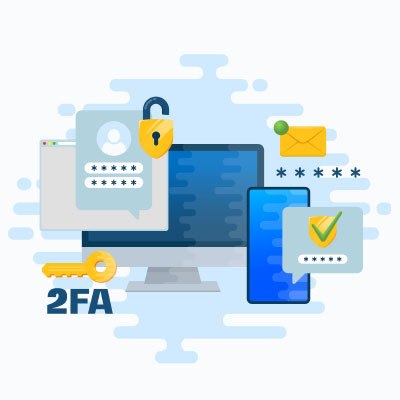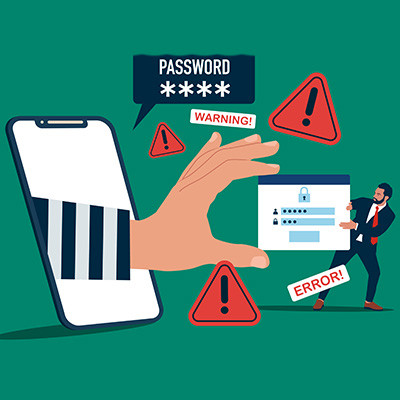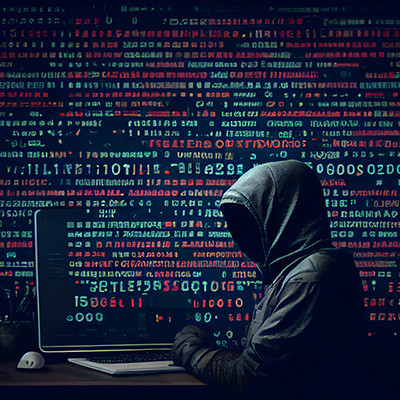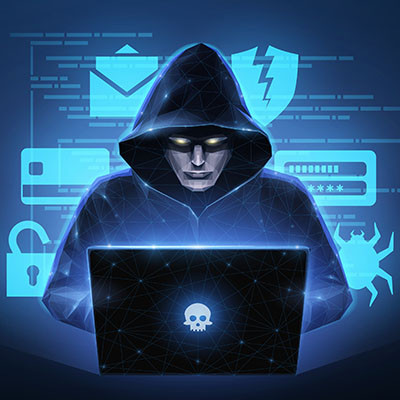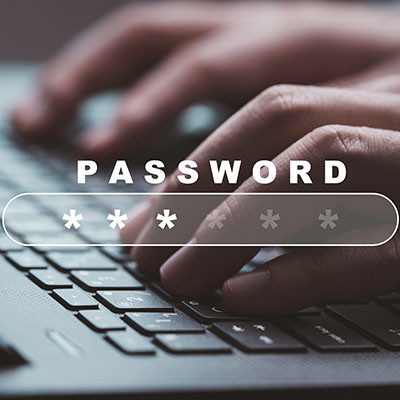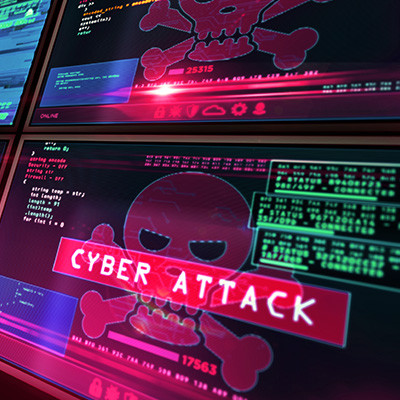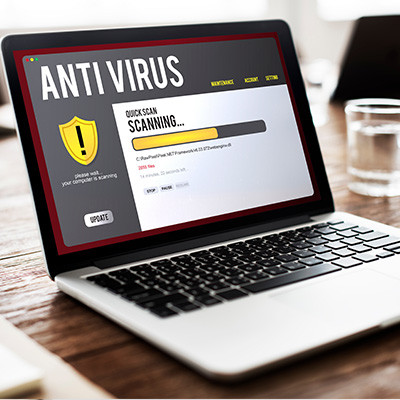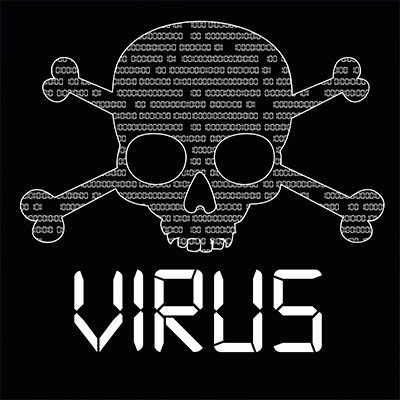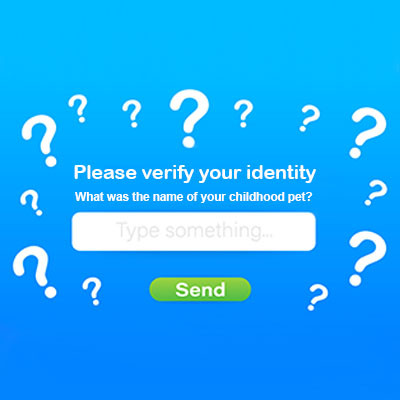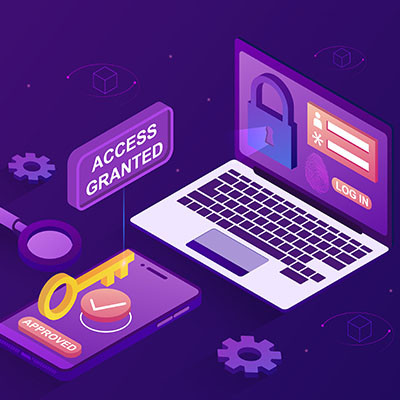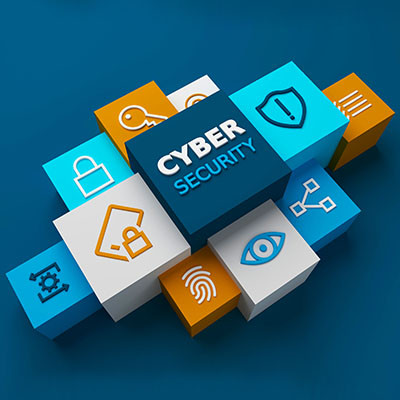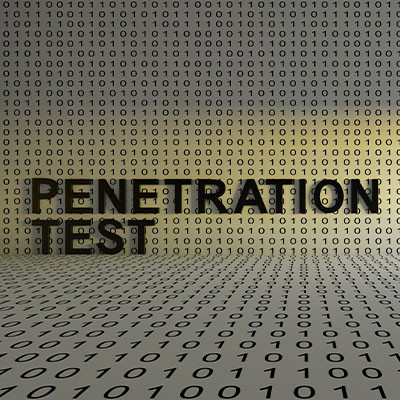Martech Business Solutions Blog
Data security is one of those things that you have to stay out in front of. Hackers and scammers are changing tactics and getting a little more sophisticated as time goes on and it creates a pretty difficult situation for most IT administrators. Utilizing multi-factor authentication (MFA), two-factor authentication, or whatever it is called by the application you are using has become a great way to add an extra layer of security to organizational data protection efforts. Today, we will discuss the benefits of this strategy and why it isn’t a be-all, end-all to your overall security.
It should come as no surprise that one of the biggest online retail days of the year also incites a lot of scams and threats targeting not just consumers, but online businesses as well. Let’s go over some of the major statistics surrounding online retail scams and what you should know as you navigate the post-holiday chaos.
Social media has become deeply ingrained in today’s culture, from business to personal connection. Businesses stake their reputation on the platforms, and individuals and families use them to connect with one another in ways they never were able to before. This is why it’s so scary to think about what would happen if an account were hacked or taken over.
Let’s look at how social media hacks are disruptive and potentially catastrophic to a business owner.
When it comes to who is victimized in cybercriminal efforts, there may be a few stereotypes and presumptions that a lot of people may hold. A recent report, Oh, Behave!, released by the National Cybersecurity Alliance and Cybsafe, shows that the real victims of many forms of cybercrime aren’t who many would expect.
Modern businesses depend on cybersecurity to help keep operations from being targeted by hackers and other cybercriminals. Businesses need to be both resilient and agile in how they protect their infrastructure from these threats. Let’s discuss four of the most important ways your business can protect itself from the growing threats of malware, ransomware, phishing attacks, and other cybersecurity threats.
We focus a lot of our attention on securing our clients’ computing infrastructures from the large amount of threats that are out there. We look to legitimately protect the entire network and infrastructure with our tools and expertise. The hackers, on the other hand, understand that they are more apt to be successful if they target certain users of your organization. Let’s look at a potential profile of someone that a savvy hacker would like to target.
World Password Day is indeed a thing, and it’s a thing to celebrate in the world of business technology, as it celebrates password awareness and advocates account security in a time when cybersecurity has never been more important. To help you observe World Password Day, we want to go over why passwords are important and why you need to take password security seriously.
Would you believe it if we told you that the members of Generation X, Millennials, and Generation Z are more likely to fall for online shopping scams than those aged 60 or over? Well, according to the Federal Trade Commission, the numbers aren’t even close. If you’re under age 60, you’re 86 percent more likely to fall prey to scammers.
In December of 2021, Twitter suffered from a vulnerability related to one of its APIs. In July of the following year, 5.4 million users had their data leaked, as a result of this vulnerability, and put on sale through the black market. Another hacker has recently put this data up for sale, proving that these API attacks are quite problematic not just for big social networks like Twitter, but all businesses.
We are beginning to see the terms “artificial intelligence” and “machine learning” popping up in a lot of places recently. They typically are used to describe software that has learning capabilities. With this advancement, many organizations are able to automate more of their business and reduce costs over time. Unfortunately, any good thing also comes with some drawbacks. In today’s blog we will introduce you to a phenomenon called data poisoning and what drawbacks it can have for your business.
If you think there is no way that a hacker could set sights on your business or impact your operations with a Distributed Denial of Service (DDoS) attack, then you’ve got another thing coming. Even the Vatican’s official website has fallen prey to such an attack, proving that even large organizations can suffer from these types of attacks.
We know we hype up multi-factor authentication, or MFA, quite a bit on this blog, and for good reason. When implemented correctly, it can be an effective deterrent for many cyberthreats out there. However, as they often do, hackers have found ways around MFA. Let’s take a look at how hackers find ways around MFA protection.
It always helps to be a little skeptical of any new USB drives appearing in the workplace, especially if you are security-minded. Distributing threats via USB drives is a common practice amongst hackers, and a new threat called Raspberry Robin has the potential to be a serious problem for unsecured businesses with poor security hygiene.
You invest in the things you care about, things like your business. You want to make sure that you are doing all that you can to protect it from harm. Let’s take a look at some of the approaches you might take to secure your business from threats, as well as what you should look for in each solution that you might consider.
How do you know what will happen if you become the target of a hacking attack? How will you respond, and how will your network hold up to the assault? These are questions that you need answers to, and perhaps the best way to get them is through what is called a penetration test, or pen test. What are these tests, and what can you expect from them?


